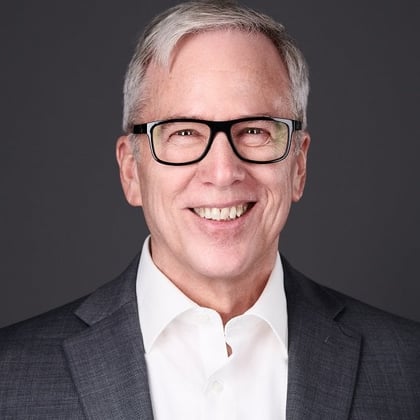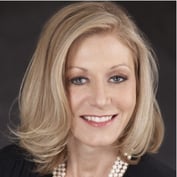What You Need to Know
- Rising interest rates hold down home prices.
- Soft home prices limit how much clients can borrow against the value of their homes.
- Meanwhile, the size of a reverse mortgage line of credit is growing. Fast.
For some retired clients who own homes, the struggle to increase liquidity has produced a happy liquidity surprise.
Those clients cashed in on the value of their homes by lining up reverse mortgage lines of credit, or credit arrangements backed by their home equity.
The Federal Housing Administration applies a growth rate tied to mortgage interest rates, according to Steve Resch, vice president of retirement strategies at Finance of America Reverse.
“With higher rates, the available line of credit grows faster,” Resch said in a recent email interview.
What It Means
While most other clients — including clients with ordinary home equity loans — are seeing the amount of cash they can reach shrink, clients with FHA-insured reverse mortgage lines of credit are seeing the total amount they can borrow increase much faster than expected.
“Say a client has $100,000 available in a line of credit with an interest rate of 3%,” Resch said, “Then, at the end of year one, using simple interest, the available line of credit would be $103,000. If the interest rates were 7%, the line of credit at the end of year one would be $107,000.”
In other words, because the interest rates used in the FHA reverse mortgage program have increased from less than 3% to about 7% in the past two years, the growth rate for a reverse mortgage line of credit is about 4 percentage points higher than the client might have originally expected.
A client with a $100,000 line of credit might have $4,000 in surprise liquidity. A client with a $500,000 line of credit could have $20,000 in surprise liquidity.
Reverse Mortgage Basics
A savings and loan in Portland, Maine, issued the first known modern reverse mortgage, or loan based on the value of an older resident’s home, in 1961, according to an FHA presentation.
Congress created the FHA’s reverse mortgage program, which is available to homeowners ages 62 and older, in 1987, by putting a Home Equity Conversion Mortgage Insurance Demonstration program bill in the Housing and Community Development Act of 1987.
The FHA “endorsed,” or decided to insure, 64,437 new reverse mortgages in 2022, according to an FHA annual report to Congress released in November 2022.
The average age of a new reverse mortgage user was about 74.
About 95% of the mortgages involved were adjustable rate mortgages, and about 42% of the reverse mortgages went to homeowners in California, Florida and Arizona.
Borrowers can take out the reverse mortgages in the form of a lump sum or a line of credit, but 93% chose the line-of-credit option. Clients who use that option can make unscheduled payments or payments in installments at times of their choosing, until the line of credit is exhausted, according to the FHA.
One knock against all strategies for borrowing against the value of homes is the fact that defaults on “second mortgages,” or an older type of home equity loan, led to waves of foreclosures and evictions in the 1930s, during the Great Depression. After the 2007-2009 Great Recession, some economists suggested that various types of modern home equity loans could also lead to problems.
Some critics of modern FHA-insured reverse mortgages, including officials at the Consumer Financial Protection Bureau, have argued that reverse mortgages tend to be expensive and that, in some cases, older adults may not understand how quickly they will end up depleting their home equity.
But CFPB officials acknowledged that some older adults will have to use reverse mortgages and other methods for tapping home equity to cover retirement shortfalls.
Reverse Mortgages and Annuities
Someday, clients could make routine use of reverse mortgages to pay for annuities.
Today, FHA rules now keep reverse mortgage lenders from marketing the mortgages together with annuities, and annuity issuers typically block consumers from using reverse mortgage cash to pay for annuities, according to Jack Guttentag, a professor of finance emeritus at the University of Pennsylvania’s Wharton School.









 August 31, 2023 at 10:58 AM
August 31, 2023 at 10:58 AM











